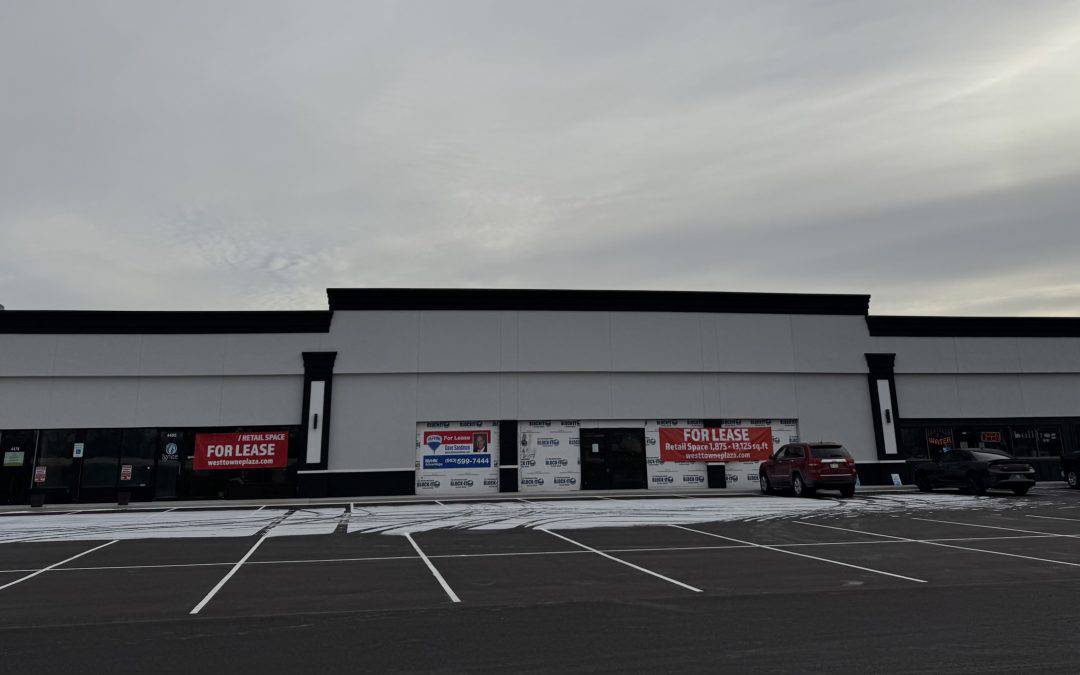Retail space is the area within a commercial building where items and/or services are sold to people and businesses. Retail space includes a multitude of settings, including anchor stores, storefronts, shopping centers, online platforms, power centers, fashion centers and factory outlets, to name a few.
The largest portion of retail space is located near a larger business (anchor store) that receives a bulk of the business. The larger business helps to attract business to the smaller stores by providing visibility.
Storefronts are retail spaces that are by themselves and are usually located in a commercial district or shopping mall. They usually have large windows to display their products and attract people who walk or drive by, enticing them to buy the products on display.
Shopping malls are spacious retail buildings that have multiple stores in the same building. They provide an all encompassing shopping venture, which includes food courts and multiple parking options.
A large portion of retail activity is happening online, which is a switch from shopping at brick and mortar stores. E-commerce has transformed shopping trends and other retailers need to make constant changes to stay competitive. E-commerce customers can buy products from the comfort of their homes and return the items to a retail space online platform and receive credit.
Including technology into retail spaces is needed because of the changing needs of retail stores. These technological advancements help keep retail stores in business by enhancing the shopping experience: cashless shopping, self check-out kiosks, digital price tags and robotic floor scrubbers.
Another retail space is a Power Center. Property Manager Insider mentions: “The defining characteristic of power centers are their anchor stores. For a shopping center to be considered a power center at least 75% to 90% of the available retail space must be dedicated to anchor stores. They range in size from 250,000 to 600,000 square feet and draw customers from a primary trade area of 5 to 10 miles.”
Another retail store is a fashion center. Fashion centers may have an anchor department store, which is usually a large luxury store. Factory outlet stores, on the other hand, sell their products for a fraction of the price of the brands whose products are overstocked, closed out, or simply discounted.
Understanding the settings that are involved with retail space can help business owners create retail customer experiences that cater to the needs of their target customers. And as e-commerce continues to change the retail process, adapting to evolving store requirements and leveraging technological advancements are important for maintaining competitiveness.

